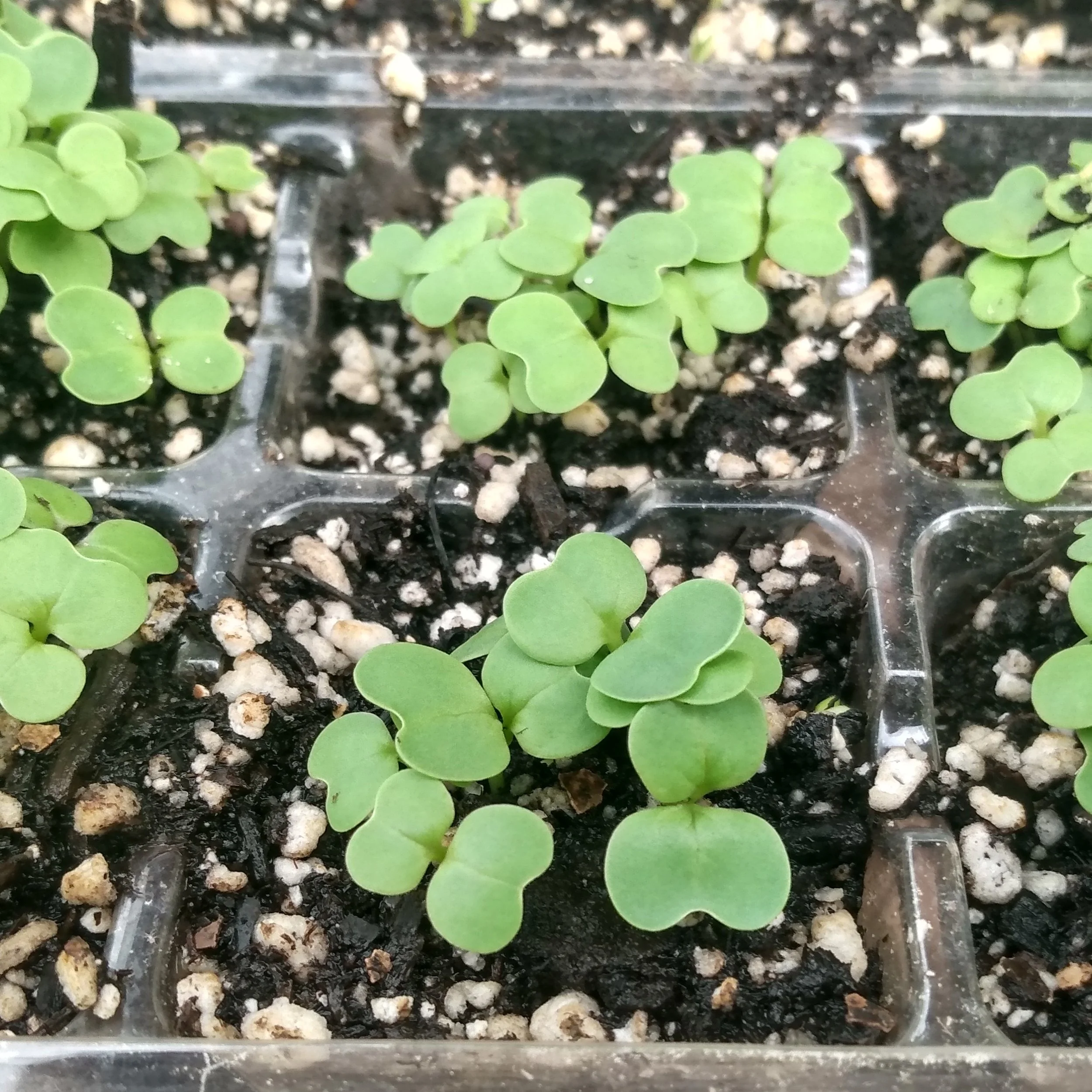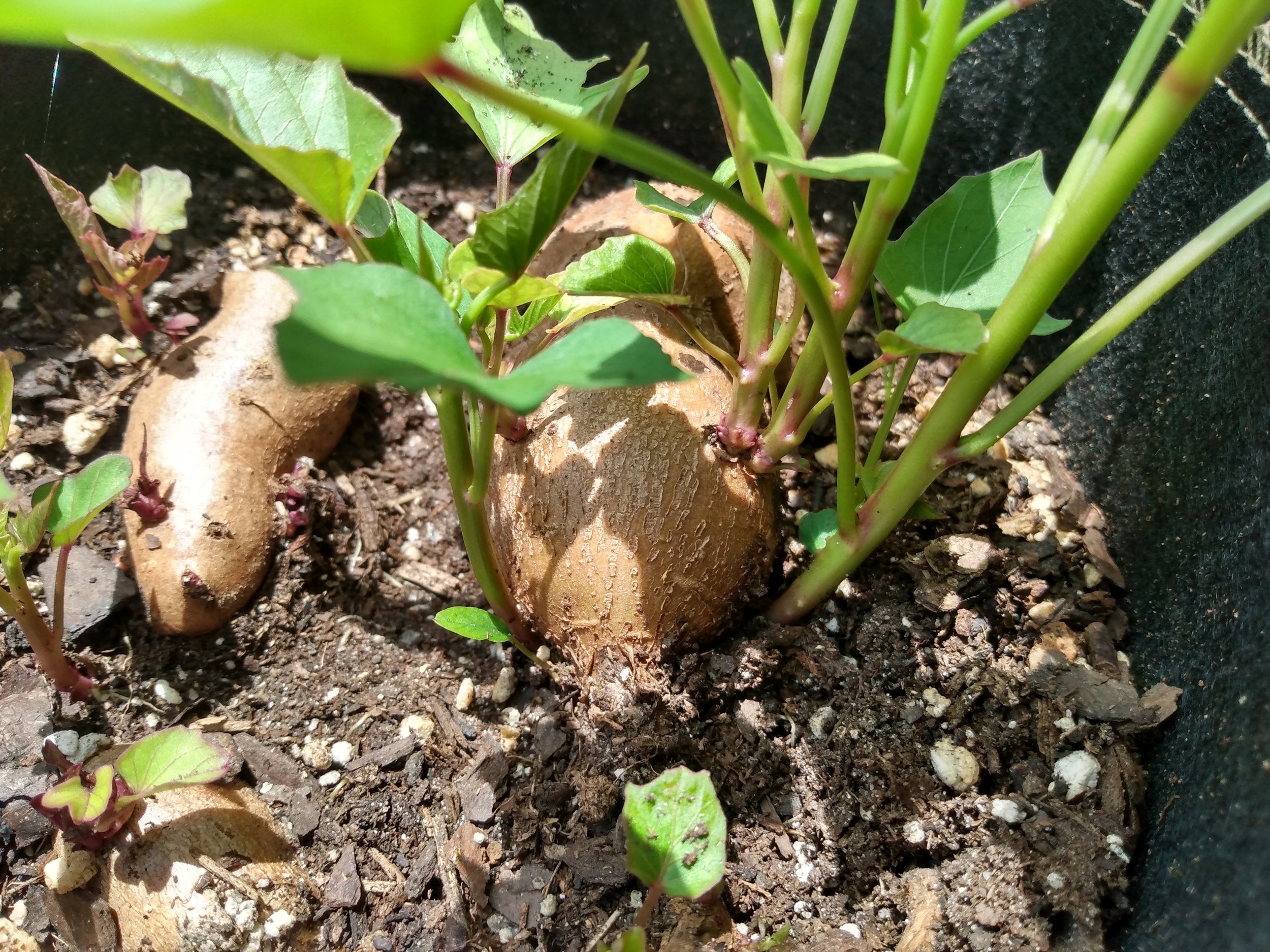Garden Tasks To Do In January
January is a wonderful time to rest and reset, take a minute to reflect on the previous year, and make plans for the fresh new year. In the garden it’s no different. This is a time to enjoy the slower growth, the lower pest pressure, the relief from the heat of summer and it’s seemingly never-ending watering and weeding tasks. Some of us like to garden all winter, and with strategic timing we can harvest from our gardens every month of the year. But for others, it’s during this slower time when the dream of gardening is the only thing growing, and that’s ok too. If you want to take a break, no one is judging you, but there are a few tasks that I like to do in January that help my upcoming growing season be even more productive and satisfying.
Plan seed starting and make planting plans
Planning out what you want to grow and where you plan to put it can help you avoid garden disappointment in the coming months. You can always wing it, and your garden may be amazing, but if the garden center is sold out of your favorite or you run out of trellis space before you run out of vining plants, you may wish you had spent a few hours planning out your gardening year. Here is a post with a step-by-step guide to planning out your garden.
Clean and repair tools
If your gardening tools have been a little neglected, winter is a great time to remove some rust and get them ready for a busy season ahead. Baking soda and water, vinegar, steel wool and some WD-40 are usually all you need to get your tools back to good condition. It’s also a good time to make sure nothing is broken or needs to be replaced before you actually need them at the exact time everyone else is buying gardening tools.
Start a few seeds
January is a great time to start seeds for some of your more hardy crops, like kale and spinach, along with your onions and leeks. There are several ways to start seed, but the timing is as simple as counting back from when you want to plant them out and giving them time to grow into healthy seedlings before putting them in the garden. If you’re planning to start warm and hot weather crops, get your seeds now, along with your starting soil and pots, because they sell out fast when February hits!
Replace salad greens with new lettuce plants
If you are growing all winter, your fall planted lettuce is probably looking a bit sad. This is a great time to replace those plants with some new ones, to get a jump on the early spring growing season. They won’t grow a lot for the first few weeks, but once the really cold nights become less frequent and the spring rains start, they will already be settled in and start growing right away. You should cover tender new seedlings if the temps get below 30 degrees, or you risk a bit of frost damage.
Prune and spray fruit trees while dormant
While your fruit trees are dormant, is a great time to spray them with a dormant oil spray and do your winter pruning. If you have berries, some of them need a winter trim as well.
Transplant anything that needs to be moved while dormant
Some perennials prefer to be moved while dormant, and this is a great time to do that. I’m moving some blueberries, they were planted too far from my water source, so I am moving them from the ground to pots for a year. Many other plants handle moving better if it happens during their dormant season.
Start Sweet Potato Slips
Sweet potato slips grow from a mature sweet potato, and are easy to grow if you start them early enough. This one pot of sweet potatoes I started last January provided me with a few dozen plants, and over 20 lbs of sweet potatoes at harvest. They need to be kept warm, so a sunny window is great, and well watered.
Get Potatoes ready to plant
Potatoes are best planted in February, so this month is when you want to start getting them ready to plant. To do that, you can cut them if they’re large, just make sure you have at least one eye on each piece, and you want to put them in an area with indirect sunlight, I use a table near a window, to allow the eyes to start sprouting. This process is called chitting, and it prepares them for planting next month.
Relax and take a minute to enjoy the break – spring will be here soon
Your garden will soon be in full production mode, and you’ll be juggling the complexities of multiple crops, seasons, and life demands. So take a breath, enjoy the rest, and reflect on how blessed you are.









